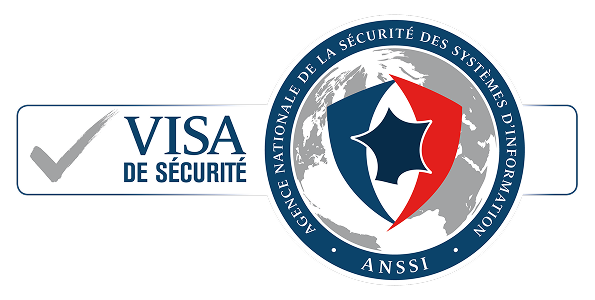Published on
October 29, 2025
October 29, 2025
2 min read
2 min read

If you use an iPhone and someone else in your family or team uses Android, you’ve probably run into calendar headaches — events not syncing, missing reminders, or having to manage two apps just to stay organized.
Here’s how the iPhone Calendar and Android calendars compare in 2025, what each does well, and what to do if you want one solution that works for everyone.

Apple’s built-in Calendar app (iCal) is simple, polished, and tightly integrated with iOS and macOS.
Strengths:
Limitations:

Most Android devices come with Google Calendar pre-installed, though some (like Samsung phones) also include their own calendar apps.
Strengths:
Limitations:
The biggest frustration for many households and small groups is sharing across platforms. Common issues include:
If your group is mixed — some on iPhone, some on Android — you might end up spending more time troubleshooting calendars than actually using them.
This is why many people look for a shared calendar app that works on iOS and Android. One of the most popular solutions is OurCal, a privacy-first shared calendar that’s available on iPhone, Android, and the web.
With OurCal, you get:
No more juggling two apps or worrying about sync problems — just one calendar that works everywhere out of the box.
While iPhone Calendar is smooth and simple, it lacks collaboration tools like event chat, media sharing, and edit history — making it harder for families or teams to plan together. Android calendars are powerful for people who live in Gmail and rely heavily on Google Meet, but they don’t offer premium shared features or full privacy controls.
OurCal is the clear choice if you want a private, modern shared calendar that works the same on iPhone and Android, adds contextual event chat, reminders, and photo/video sharing, and keeps your data fully end-to-end encrypted.
Published on
Oct 29, 2025
2 min read

If you use an iPhone and someone else in your family or team uses Android, you’ve probably run into calendar headaches — events not syncing, missing reminders, or having to manage two apps just to stay organized.
Here’s how the iPhone Calendar and Android calendars compare in 2025, what each does well, and what to do if you want one solution that works for everyone.


Apple’s built-in Calendar app (iCal) is simple, polished, and tightly integrated with iOS and macOS.
Strengths:
Limitations:

Most Android devices come with Google Calendar pre-installed, though some (like Samsung phones) also include their own calendar apps.
Strengths:
Limitations:
The biggest frustration for many households and small groups is sharing across platforms. Common issues include:
If your group is mixed — some on iPhone, some on Android — you might end up spending more time troubleshooting calendars than actually using them.
This is why many people look for a shared calendar app that works on iOS and Android. One of the most popular solutions is OurCal, a privacy-first shared calendar that’s available on iPhone, Android, and the web.
With OurCal, you get:
No more juggling two apps or worrying about sync problems — just one calendar that works everywhere out of the box.
While iPhone Calendar is smooth and simple, it lacks collaboration tools like event chat, media sharing, and edit history — making it harder for families or teams to plan together. Android calendars are powerful for people who live in Gmail and rely heavily on Google Meet, but they don’t offer premium shared features or full privacy controls.
OurCal is the clear choice if you want a private, modern shared calendar that works the same on iPhone and Android, adds contextual event chat, reminders, and photo/video sharing, and keeps your data fully end-to-end encrypted.
Onin is a secure calendar app for your personal and social life. The app is currently invite-only as we gradually roll out early-access to our waitlist. For regular updates, follow us on Twitter.
